A vitally important ingredient in a variety of Asian and South East Asian recipes, turmeric is most often encountered in its ground and dried form, wherein it may be evenly distributed throughout a meal so as to impart either its signature yellow color or earthy yet bitter flavor to the dish.
There are certain instances, however, where the addition of turmeric to a particular recipe is not to the liking of the individuals it will be served to, or for reasons otherwise conductive to the need for substituting turmeric with a suitably similar ingredient.
Flavor substitutes for turmeric include Paprika, curry powder, cumin, and ginger powder. The most common appearance substitutes for turmeric include mustard, saffron, curcumin food coloring additive, and beta-carotene food coloring additive.
Why Should Turmeric be Substituted?
Turmeric may be substituted for a variety of reasons, each of which may depend on the particular needs of the recipe or individual to whom the meal will be served.
The most common reason for substituting turmeric is simple lack of availability, with more exotic spices such as turmeric or saffron occasionally not being available in less well-stocked grocery stores or markets. In this situation, it is likely that the chef will already have a suitable alternative in their pantry or spice cabinet, removing the necessity to go out and purchase turmeric.
Other situations that may call for turmeric to be substituted are the presence of individuals with curcumin allergies, a desire to alter a recipe in order to add a unique twist, or simple individual preference wherein the aroma or taste of turmeric is not to the consumer’s liking.
Can Turmeric Spice be Substituted with Turmeric Root?
Turmeric spice is primarily produced via the dehydration and subsequent mechanical processing of the turmeric root, otherwise referred to as fresh turmeric.
While it is entirely possible to replicate any use of the turmeric spice with its preceding root vegetable, turmeric spice is oftentimes found to be more pungent and flavorful owing to its dehydrated nature, creating a higher percentage of flavor and aroma compounds in comparison to its relative mass.
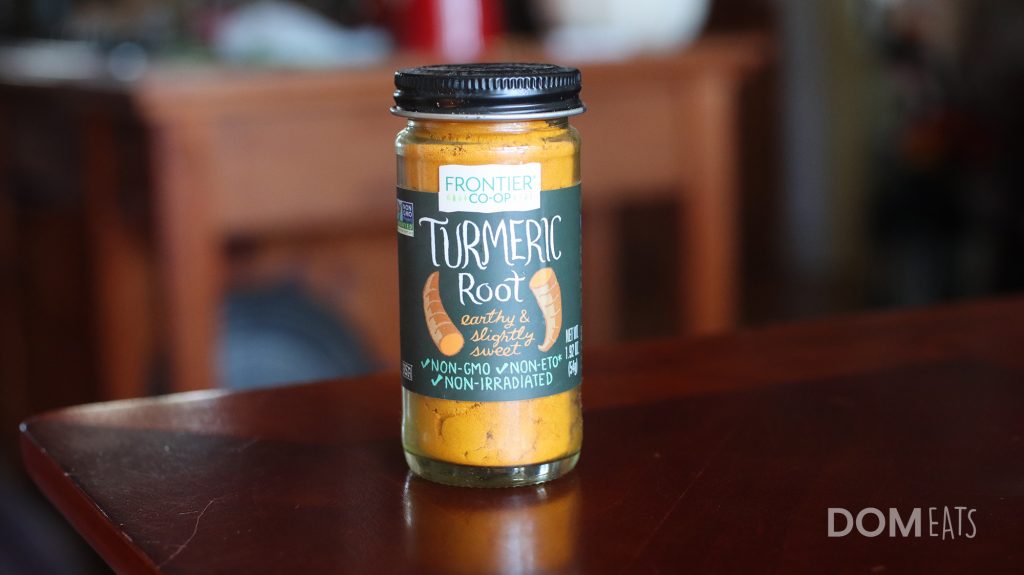
As such, in the instance that you have chosen to instead substitute powdered turmeric spice with turmeric root, it is best to at least use double the volume of root in the recipe.
Another drawback to utilizing turmeric root instead of turmeric spice is the fact that it will not evenly disperse across a meal, making this particular method of substitution unsuitable for dry recipes that do not simmer the turmeric root in some way, allowing its flavors and color to leach into the rest of the dish.
Flavor Substitutes for Turmeric
Turmeric is well known for its intense earthiness, belied by a bitterness that meshes quite well with its slightly peppery notes. This particular flavor profile, when used in minute amounts, can provide a mature and full bodied taste to any dish that may require it, creating an aromatic odor and exotic aftertaste if used properly.
While this exact flavor profile is mostly unique to turmeric itself, several other spices or vegetables may replicate some parts or the majority of the specific tastes imparted to a dish by turmeric.
Paprika Spice
While the particular spiciness of any two types of paprika can vary, the general base of its flavor will usually remain the same, so long as the paprika is left in its pure form with no other flavoring compounds added.
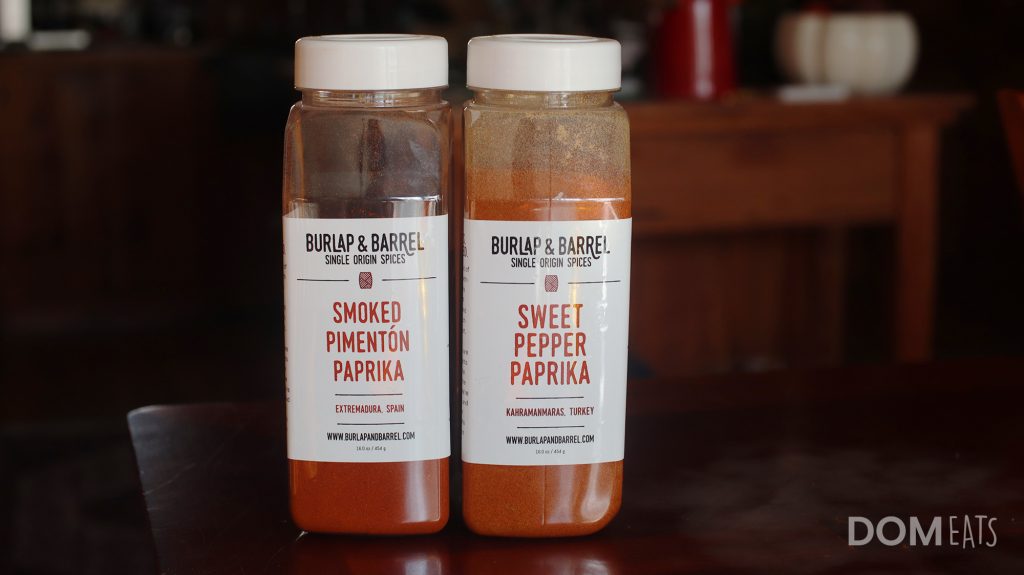
The primary body of flavor encountered when utilizing paprika spice is its aromatic earthiness with light notes of sweetness, occasionally with a spicy aftertaste, especially in large volumes.
This makes paprika an excellent flavor substitute for turmeric in dishes that may mesh with paprika’s somewhat milder flavor and lack of bitterness in comparison to turmeric.
Curry Powder
Curry powder’s particular coloring and aroma is acquired, in large part, by the addition of turmeric into its particular spice mix.
As such, in situations wherein the chef does not have access to turmeric powder itself but does possess a curry spice mix in their spice cabinet, they may incorporate small volumes of said curry spice mix into their recipes in order to partially recreate the effect of turmeric.
It is important to note that curry powder also utilizes a variety of other spices unrelated to turmeric in order to create its unique flavor, and as such may not be the most suitable turmeric substitute in certain recipes or situations.
Cumin Spice
Slightly more intense in flavor than turmeric spice, cumin spice and its related forms present a very similar aroma and earthiness to that of turmeric, though with none of the bitterness that undercuts it as would normally be seen with turmeric spice.
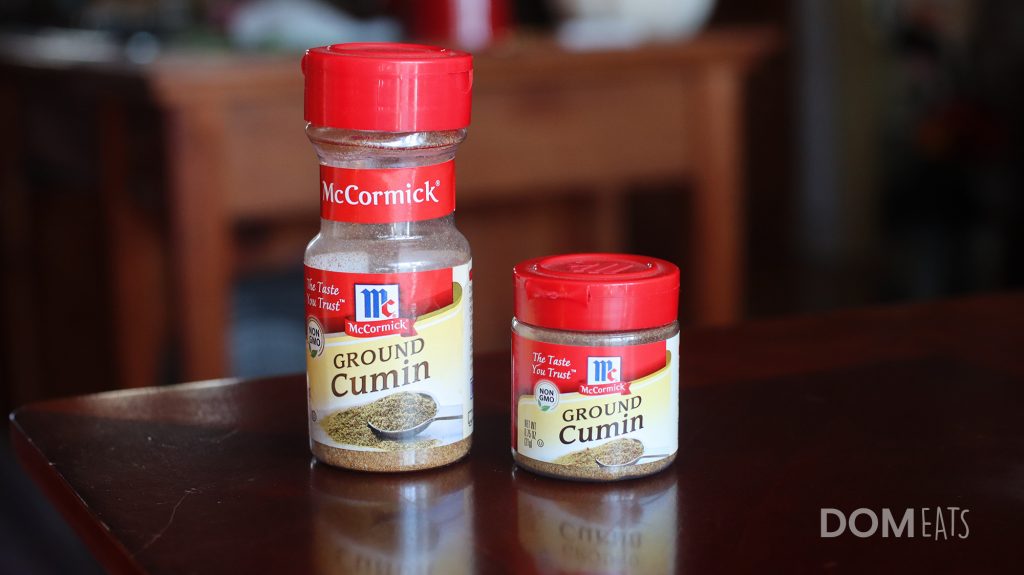
This makes cumin a good substitute for turmeric spice in recipes where the slight bitterness found in turmeric is not an important factor, with cumin perhaps even being an improvement if the recipe only calls for an earthiness in its flavor profile.
However, owing to the more intense taste of cumin, it is important to carefully measure out a lower volume of the spice than one would normally use if turmeric were being used instead.
Ginger Powder
The dried and ground up powder of ginger root, ginger powder is somewhat more pungent and intense than fresh ginger root owing to the higher percentage of flavor compounds by volume than what would be found in its intact form.
Ginger powder is best used sparingly if meant as a turmeric substitute owing to its significant pungency, of which may overpower other flavors in the recipe.
The particular types of dishes wherein ginger powder may truly shine as a substitute are those of a sweet flavor, such as in drinks, ice cream or sfouf cakes.
Appearance Substitutes for Turmeric
Another use for turmeric aside from its unique flavor is its rich orange-yellow coloring that is used for many purposes both within and outside the purview of the culinary arts.
Turmeric, even in small volumes, may be used to turn baked goods a golden yellow, to dye clothes or even to be mixed with other natural food coloring additives in order to create another color entirely.
Fortunately, several other natural spices and food coloring products may recreate this effect, some of which may in fact be more effective as a food coloring agent than turmeric itself.
Mustard
Perhaps more common than turmeric, mustard seeds and mustard powder may be used for their dark yellow appearance, providing a very similar shade of color to a meal with much the same volume of mustard as turmeric would normally require.
Certain forms of mustard can even be produced specifically to act as a food coloring agent, with the majority of its flavor and volatile compounds being removed so as to create a truly neutral appearance ingredient.
Saffron
Due to a carotenoid compound dubbed crocin, saffron may impart a dark yellow to light orange coloring in any dish it is added to, of which is practically indistinguishable to turmeric, making saffron among the best visual substitutes for turmeric in cooking.
However, saffron is known for being one of the most expensive spices available, making it a poor choice if simple visual replication is the only reason it is being purchased.
Therefore, saffron is best used in dishes that would also benefit from its particular flavor, asides from the fact that it may act as a visual substitute to turmeric.
Curcumin Food Coloring Additive
Curcumin is the primary chemical compound responsible for turmeric’s yellow orange color, making it a direct visual substitute for turmeric due to the fact that it is practically turmeric itself with most other compounds removed.
Curcumin food coloring additive is best used as a turmeric substitute in instances where only the color of turmeric is what the recipe calls for, with its particular flavor or nutrition not being a factor to consider.
However, it is important to note that curcumin is one of the primary active compounds found in turmeric root, and as such is not suitable for use with individuals that present an intolerance or allergy to turmeric itself.
Beta-Carotene Food Coloring Additive
A carotenoid compound, beta carotene provides a deep orange color when added to a dish, of which is oftentimes compared to the same shade of orange as most carrots.
In smaller volumes, beta carotene food coloring may act as an approximation of the sort of color normally imparted by turmeric, with the particular orange hue of beta carotene turning to a lighter yellow if diluted in the proper concentrations.
Beta carotene food coloring is best used as a turmeric substitute in food products like smoothies and shakes wherein it can be evenly distributed throughout the entire meal, creating a more even coloring.
References
1. Tayyem RF, Heath DD, Al-Delaimy WK, Rock CL (2006). “Curcumin content of turmeric and curry powders”. Nutr Cancer. 55 (2): 126–131. doi:10.1207/s15327914nc5502_2. PMID 17044766. S2CID 12581076.
2. Professor Delia B. Rodriguez Amaya. (2015) “Food Carotenoids: Chemistry, Biology and Technology” Insttitute of Food Techologists Series John Wiley & Sons. Retrieved through Google Books Service Science Category ISBN 1118733304, 9781118733301
3. Colleen Taylor Sen, Helen Saberi. (Jan 28 2014) “Turmeric: Great Recipes Featuring the Wonder Spice that Fights Inflammation and Protects Against Disease” Self Published via Amazon Publishing, Kindle.

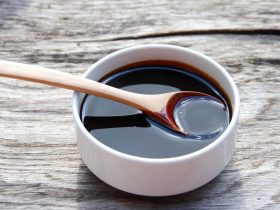
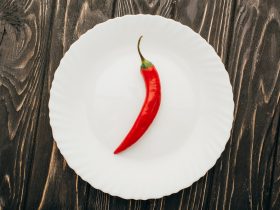
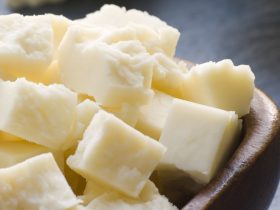

Hi, I'm Dom
Dom Eats was started to help other people fall in love with food. While cooking can feel intimidating, it doesn't have to be.